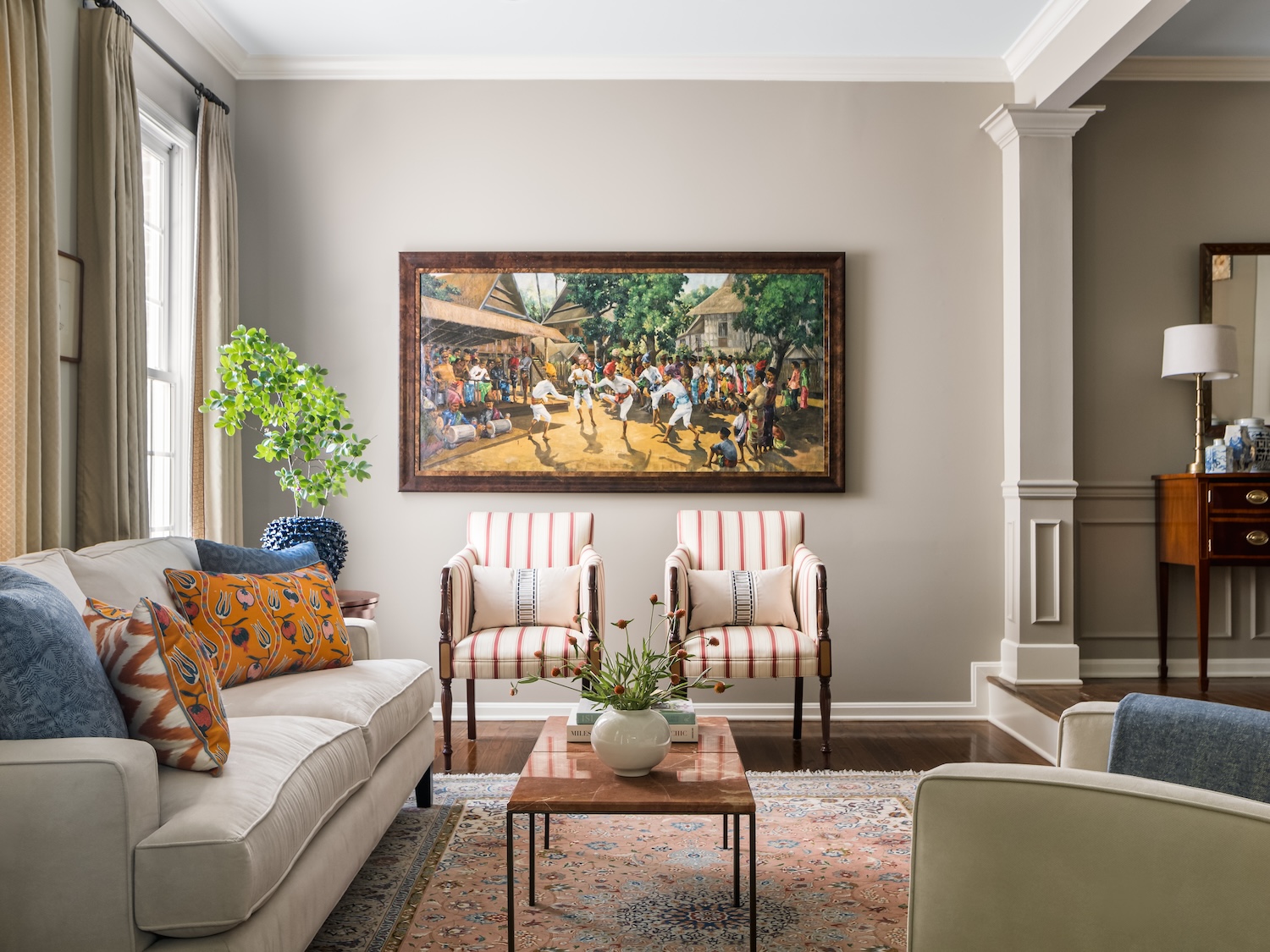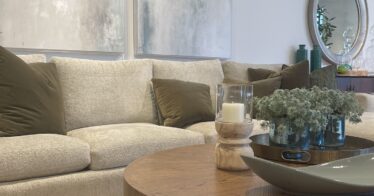In the world of interior design, there’s a secret weapon that can transform an ordinary modern space into an extraordinary one: carefully chosen antiques.
As a designer, I’m often drawn to pieces that tell a story, like the stunning French cast iron garden urn I recently discovered at High Point Market. Standing at an impressive 25″ high by 32″ wide, this 1900s masterpiece exemplifies why antiques can be the perfect foil for contemporary interiors.
The Power of Visual Tension
When everything in a room matches too perfectly – whether in style, texture, or era – the eye has nowhere to rest, and individual elements lose their impact. Think of it like a symphony: the quiet moments make the crescendos more powerful. This principle is fundamental to how our brains process visual information. Just as a composer uses dynamics to create musical interest, designers use contrast to create visual interest.
The weathered finish of an antique piece against crisp white walls, the ornate details of a vintage mirror above a minimalist console, or the patina of aged metal contrasting with sleek modern surfaces – these juxtapositions create dynamic tension that makes both elements more compelling.
The Role of Negative Space
In design, what you choose not to do is as important as what you do. These intentional pauses and negative spaces allow each element to breathe and contribute to the whole composition. When incorporating antiques into modern spaces, this principle becomes even more crucial. The clean lines and simplified forms of contemporary design create the perfect backdrop for antique pieces to shine.
Consider our French garden urn: its elaborate form and time-worn surface tell a rich visual story precisely because they contrast with the modern simplicity of their surroundings. Against a white brick wall, every detail of its classical design becomes more apparent and meaningful.
Why Antiques Work in Modern Spaces
The success of incorporating antiques into contemporary interiors lies in their ability to:
- Break the Monotony
Antiques introduce variation in texture, finish, and form that can enliven even the most minimal modern space. Their presence prevents a room from feeling sterile or one-dimensional. - Add Authentic Character
The natural aging process creates patinas and wear patterns that cannot be replicated artificially. These signs of age add layers of visual interest and authenticity to your space. - Create Focal Points
The inherent craftsmanship and scale of many antique pieces make them natural focal points. Their presence can anchor a room and draw the eye in purposeful ways. - Bridge Design Eras
By incorporating pieces from different periods, you create a sense of timelessness that transcends any single design era. This approach results in spaces that feel both current and enduring.
Tips for Success
When incorporating antiques into modern spaces, consider these guidelines:
- Start with Scale: Choose antique pieces that have presence. Whether it’s a large architectural element like our garden urn or a smaller decorative piece, ensure it has enough visual weight to hold its own.
- Consider Context: Pay attention to the relationship between your antique piece and its surroundings. The contrast should feel intentional rather than accidental.
- Balance Distribution: Avoid clustering all your antique pieces in one area. Instead, distribute them throughout the space to create a cohesive flow.
- Mind the Mix: While contrast is key, you’ll want to ensure some elements tie your antique pieces to their modern surroundings. This might be through color, material, or form.
A common mistake we see is when homeowners place a piece of delicate antique furniture among heavy modern furniture without considering scale. The piece gets visually overwhelmed and loses its impact. Similarly, clustering several small antiques together in a modern room can create a ‘museum display case’ effect rather than an integrated design element. The key is choosing pieces with presence and giving them room to breathe.
The Sustainable Choice
Incorporating antiques into modern interiors isn’t just aesthetically pleasing—it’s environmentally conscious. When you choose an antique piece, you’re not only adding character to your space, you’re participating in the ultimate form of furniture recycling. (See more about sustainable luxury in our article ‘How to Create Sustainable Luxury: A Designer’s Guide to Reimagining Your Space.’) Plus, there’s an immediate gratification factor: unlike new furniture that can have lead times of several months, antiques are available to take home the moment you fall in love with them. These beautifully crafted pieces have already proven their durability over decades or even centuries, making them a sustainable choice that adds instant history and character to your space.
The Final Component: Trust Your Eye
Successful design often comes down to intuition refined by experience. When you find an antique piece that speaks to you, consider how it might create beautiful tension within your modern space. Sometimes, the most unexpected combinations create the most compelling results.
Remember: in design, as in life, it’s often the differences that make things interesting. The key lies not in avoiding these differences but in celebrating them through thoughtful juxtaposition and careful curation.
Looking to incorporate antiques into your modern space but not sure where to start? Contact Pembrook Interiors for expert guidance in creating spaces that artfully blend old and new.







